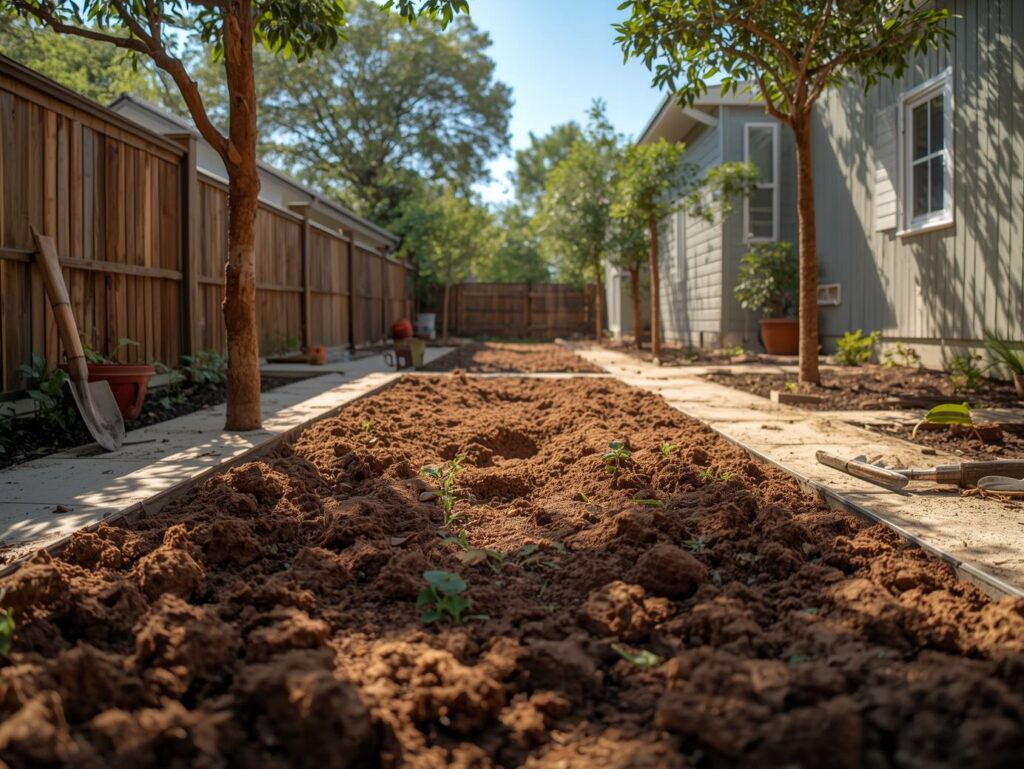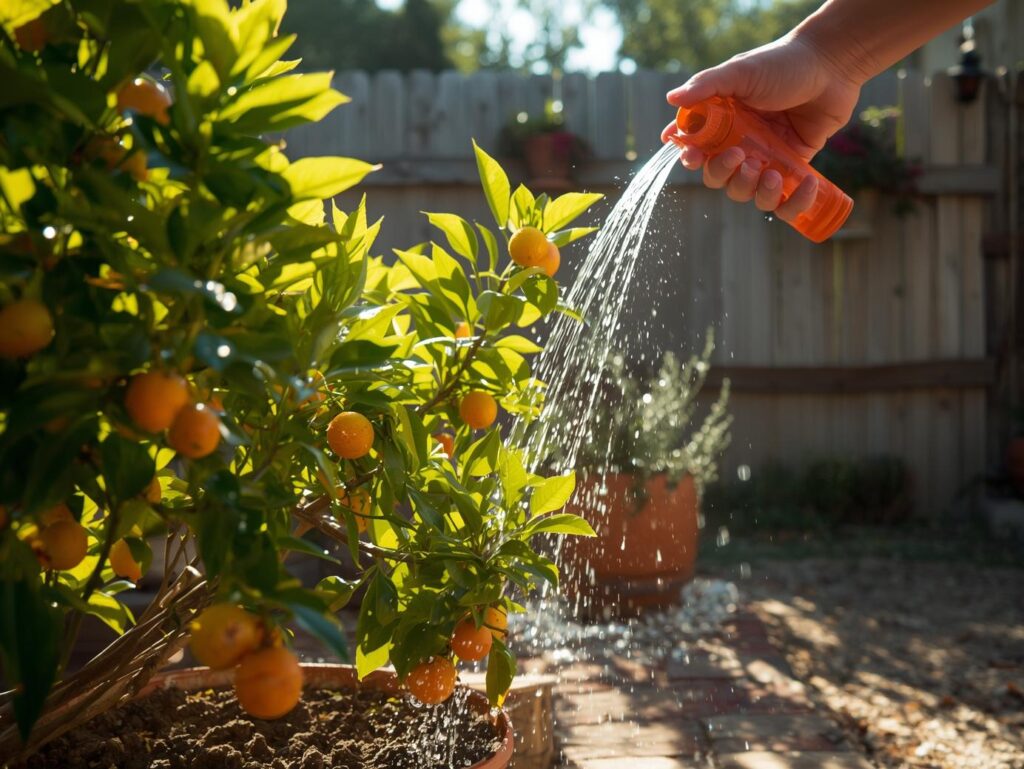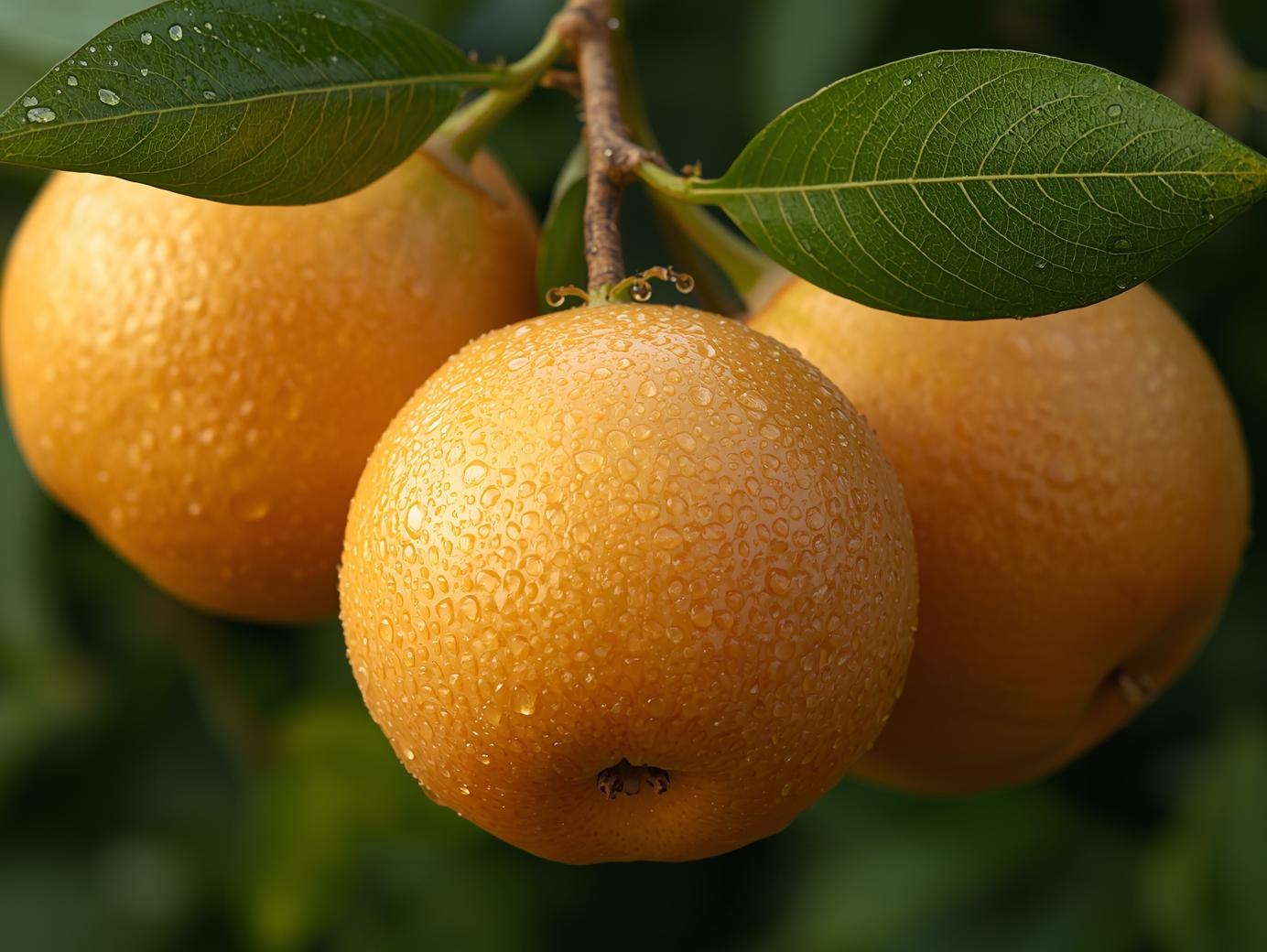Grapefruit trees are a wonderful addition to home courtyards across the USA, combining ornamental beauty with a bounty of fresh, tangy fruit. Known for their glossy green leaves, fragrant blossoms, and juicy harvests, grapefruit trees can thrive in many parts of the country with proper care and planning. Whether you live in Florida, California, Texas, or other warm regions, growing grapefruits at home allows you to enjoy the satisfaction of cultivating your own citrus. This comprehensive guide covers all the essential steps to successfully grow grapefruit trees right in your courtyard.
Soil Selection
The foundation of a healthy grapefruit tree begins with the right soil. These trees prefer well-drained, sandy loam soils that allow air and water to move freely around the roots. Heavy clay or compacted soils should be avoided, as poor drainage can lead to root rot and nutrient deficiencies. A slightly acidic to neutral pH level, ideally between 6.0 and 7.0, creates the best environment for nutrient absorption and root health. Amending the soil with compost, peat moss, or organic matter improves both structure and fertility, providing the ideal growing conditions for grapefruit trees.

Before planting, it’s a good idea to perform a soil test to determine pH and nutrient balance. Many local agricultural services in the USA offer soil analysis, which helps you identify what amendments your soil may need. If the pH is too high, incorporating elemental sulfur can help lower it, while lime can raise overly acidic soil. By preparing nutrient-rich, well-aerated soil from the beginning, you give your grapefruit tree a strong start and ensure vigorous growth for years to come.
Site Preparation
Selecting the right site is key to grapefruit success. These sun-loving trees need at least eight hours of direct sunlight each day for proper growth and fruiting. A warm, sheltered location that receives plenty of sunlight while being protected from strong winds will help the tree flourish. Courtyards often provide an ideal microclimate, especially when walls reflect warmth and protect from cold drafts. In cooler parts of the USA, choosing a spot with southern exposure can extend the growing season and safeguard the tree from frost damage.
Before planting, remove any weeds, stones, or debris from the site. Loosen the soil to a depth of about two feet to encourage strong root penetration. If drainage is a concern, consider building raised beds or mounds to prevent water from pooling around the root zone. It’s also wise to plan adequate spacing if you’re planting multiple trees—grapefruit trees need room to grow and spread their canopy. A well-prepared site ensures healthier roots, better air circulation, and improved fruit production over time.
Planting
The best time to plant grapefruit trees in most parts of the USA is during spring, once the danger of frost has passed. Begin by digging a hole twice as wide as the root ball but only as deep as the roots themselves. Position the tree so the top of the root ball is level with the surrounding soil. Gently backfill the hole with the excavated soil mixed with compost, making sure not to bury the graft union. After planting, water deeply to settle the soil and eliminate air pockets around the roots.
If you are planting in containers, select large pots with excellent drainage holes. Grapefruit trees can grow quite large, so container-grown trees should be pruned and repotted as they mature. Avoid adding fertilizer at planting time, as this can stress new roots. Instead, focus on consistent watering and allowing the plant to establish itself. Once the tree has settled, it will begin developing new growth, signaling a healthy start in its new home.
Watering
Proper watering is crucial for maintaining healthy grapefruit trees, especially during the early stages of growth. Young trees need consistent moisture to establish strong roots, typically requiring deep watering once or twice a week depending on local weather conditions. The goal is to keep the soil evenly moist but never waterlogged. Overwatering can suffocate roots and promote fungal diseases, while underwatering may cause leaf drop and reduced fruit yield.

As the tree matures, it becomes more drought-tolerant, but regular watering during dry spells remains essential. Using a layer of organic mulch around the base of the tree helps retain moisture and regulate soil temperature. Be sure to keep the mulch a few inches away from the trunk to prevent rot and pest problems. In courtyard settings, where reflected heat from walls can dry soil quickly, more frequent watering may be necessary during peak summer months.
Fertilizing
Balanced nutrition plays a major role in the growth and productivity of grapefruit trees. During the first year, use a citrus-specific fertilizer that provides a mix of nitrogen, phosphorus, and potassium along with essential micronutrients like iron, magnesium, and zinc. Apply fertilizer three times a year—typically in early spring, mid-summer, and late fall—following package directions for quantity based on tree size and age. Avoid over-fertilizing, as excessive nitrogen can lead to lush foliage at the expense of fruit development.
For gardeners who prefer organic options, composted manure, worm castings, and fish emulsion are excellent natural fertilizers that promote soil health and microbial activity. Regular soil testing helps ensure your grapefruit tree receives the right nutrients without creating imbalances. Always water thoroughly after fertilizing to prevent root burn and ensure even nutrient distribution throughout the soil.
Pruning & Training
Pruning and training your grapefruit tree help maintain its shape, health, and productivity. The best time to prune is late winter or early spring before new growth begins. Remove any dead, damaged, or crossing branches to improve airflow and sunlight penetration within the canopy. This helps reduce disease risk and encourages even fruit ripening. For young trees, establish a strong framework by training three to four main branches as the primary structure.
As the tree matures, light annual pruning keeps it manageable and productive. Avoid heavy pruning during the growing season, as this can stress the tree and reduce fruit production. In courtyard gardens where space is limited, shaping the tree to a smaller form through careful pruning ensures it fits the area beautifully while still producing abundant fruit. Proper pruning and training enhance both the aesthetics and yield of your homegrown grapefruit tree.
Pest & Disease Control
Grapefruit trees are susceptible to common citrus pests such as aphids, spider mites, leaf miners, and scale insects. Regularly inspecting leaves and branches helps catch infestations early before they spread. Introducing beneficial insects like ladybugs and lacewings can naturally manage pest populations. If needed, use horticultural oils or insecticidal soaps, applying them during the cooler parts of the day to avoid leaf burn.
Diseases such as root rot, citrus canker, and sooty mold can also affect grapefruit trees, particularly in humid regions. Good cultural practices—such as proper spacing, pruning for ventilation, and avoiding overhead watering—help minimize disease risks. Always remove and discard infected plant material to prevent further spread. By maintaining a consistent care routine, you can keep your grapefruit trees healthy and productive without heavy reliance on chemical treatments.
Fruiting & Harvest
Patience is key when growing grapefruit trees, as most begin producing fruit three to five years after planting. Blossoms appear in spring, followed by small green fruits that mature over several months. Grapefruits typically ripen in late fall or winter, depending on the variety and climate. The fruit is ready to harvest when it reaches full color and feels slightly heavy for its size. Taste testing a sample fruit is the best way to determine ripeness, as flavor improves the longer the fruit stays on the tree.

Harvest carefully by cutting or twisting the fruit off the branch to avoid damaging the stem. Freshly picked grapefruits can be stored in a cool, dry place for several weeks or refrigerated for extended freshness. Regular harvesting encourages continued fruit production and prevents overloading the branches. With consistent care and attention, your courtyard grapefruit tree will reward you with juicy, nutrient-rich fruit season after season.
